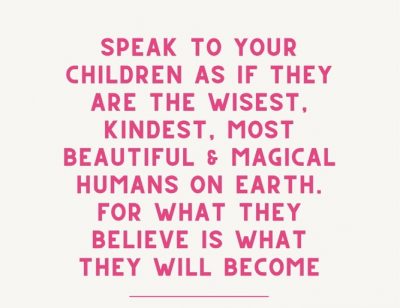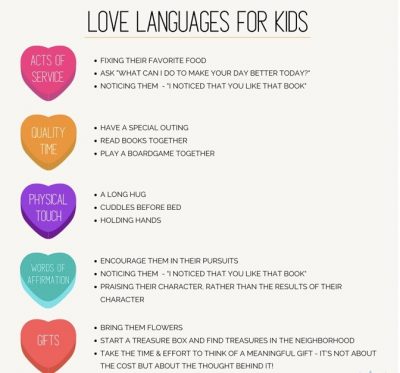
A few years ago, my husband and I found ourselves completely at a loss in understanding certain aspects of our oldest child. He was shifting from toddlerhood to preschool age and seemed to be different than us in more ways than one. For example, he likes to be together 24/7 while my husband and I both recharge with alone time. While we obviously adore our son and love his outgoing and social personality to pieces, I found myself at the library when he was about three to try to further understand how I can love him better.
I stumbled upon Gary Chapman’s 5 Love languages for Kids book. We had read his love language for couples book when we were engaged, but I had no idea he had written one for kids. I am a book nerd, so I was excited to dive in.
If you have never done the free online test, I would highly encourage you to do it! It’s just a great basic way of understanding the five main ways people give and receive love. You can find it here.
The 5 categories are:
- Physical Touch: hugs, cuddles, kisses and pats on the back.
- Words of Affirmation: words of affection and endearment, praise and encouragement.
- Quality Time: focused, undivided attention, being together.
- Gifts: giving and receiving of undeserved gifts.
- Acts of Service: services for your child that they see as valuable.
Gary Chapman says it’s really hard to identify your child’s love language before the age of four. While he is the expert, I think you can sometimes see signs or at least take educated guesses. But it’s important to know that love languages can change and evolve over time with age and life experiences requiring different needs to be met in different seasons. And kids do need a version of all five types of love throughout their growing up. They often just need one of them a little more than the others to keep their love tanks full.
We all know we love our children endlessly, but learning these love languages has helped me to communicate it effectively in ways my kids can understand and receive it.
I asked my kids the question, “What makes you feel loved by mommy?” and I loved hearing their response.
My six-year-old said, “When we snuggle and talk together and when you smile.” I’m pretty sure his love languages are quality time and physical touch.
 My four-year-old’s response was, “When we share a grapefruit together.” His answer made me laugh. I eat a grapefruit almost every morning and shockingly he loves them too. He comes to sit with me and wants to eat it together. I’m not sure yet because of his age, but if I had to guess right now, I would guess his language is quality time. Just goes to show you how something so small and insignificant to us as sharing a grapefruit, means a lot to our kids!
My four-year-old’s response was, “When we share a grapefruit together.” His answer made me laugh. I eat a grapefruit almost every morning and shockingly he loves them too. He comes to sit with me and wants to eat it together. I’m not sure yet because of his age, but if I had to guess right now, I would guess his language is quality time. Just goes to show you how something so small and insignificant to us as sharing a grapefruit, means a lot to our kids!

So, what do we do to ensure our children’s love tanks are full?
We prioritize these most important relationships, and intentionally speak our children’s love language. Without understanding this, parents can easily fall into a false sense of security thinking our children “just know” we love them. The book reveals that children don’t necessarily just know, especially if we’re inconsistently or rarely speaking their love language.



















